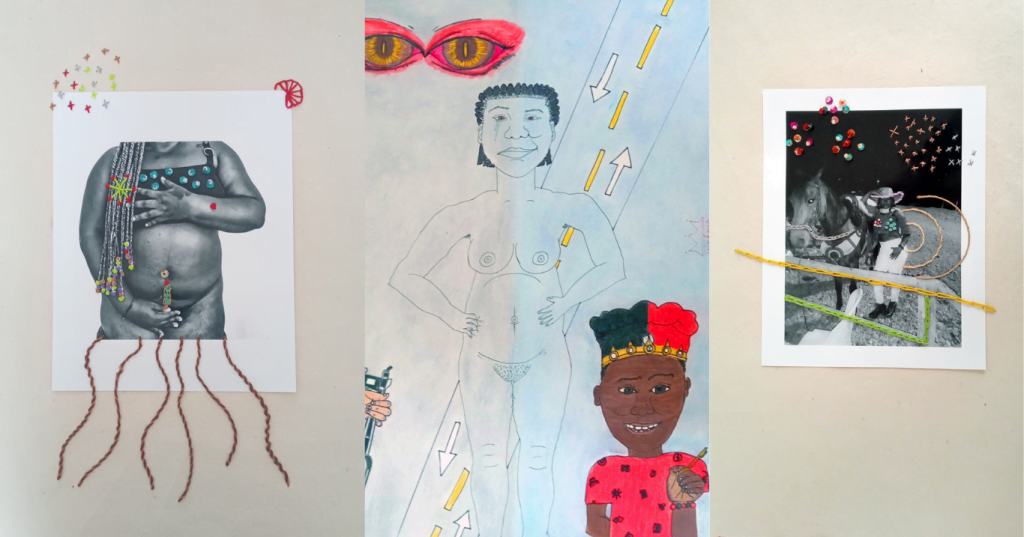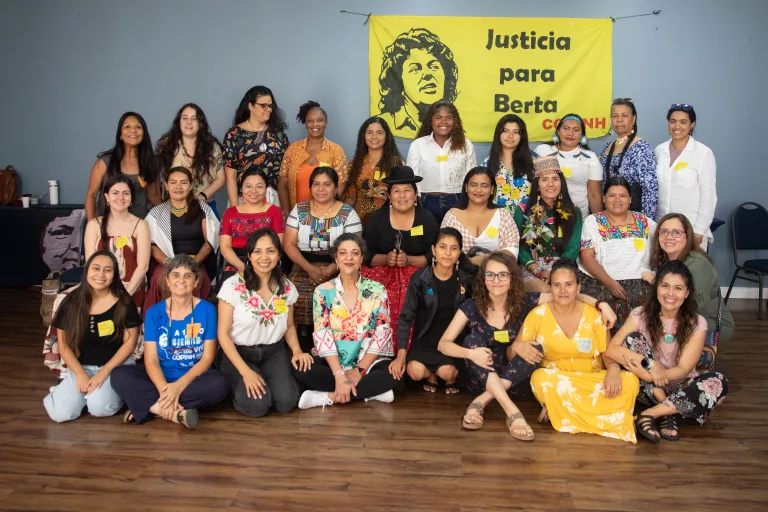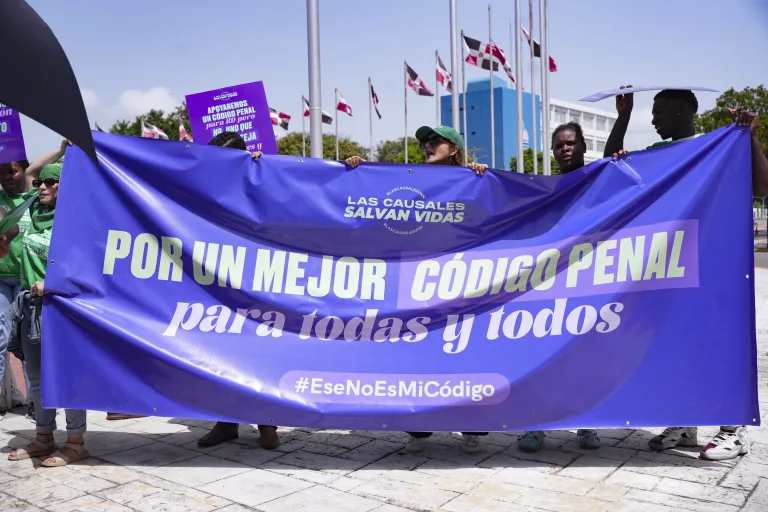
At Women’s Link Worldwide, we work for a world in which women and gender-diverse people enjoy lives free of gender-based violence. That includes a type of violence that has remained invisible in national and international justice processes: reproductive violence.
For this reason, we have been making reproductive violence visible for several years as a form of gender-based violence that, using force or coercion, affects people’s reproductive autonomy. For example, forced sterilization and contraception, and forced pregnancies and abortions are forms of reproductive violence.
It all started in 2017 when we began representing Helena, a woman forcibly recruited at age 14 by the FARC guerrilla group in Colombia and subsequently forced to take contraceptives and have an abortion while she was part of this illegal armed group.
Helena allowed us to accompany her, and her case achieved a transformation in our programs. One way to honor her quest for justice was to find legal avenues for reproductive violence to be judged, penalized and for victims and survivors to receive reparations.
These paths include the collective work of the Alianza Cinco Claves (Five Keys Alliance), a collective formed by Colombia Diversa, Sisma Mujer, Humanas, the National Women’s Network and Women’s Link, which works for the differential treatment of violence against girls, women and LGBTIQ+ people in the Colombian armed conflict.
This group effort has yielded several results. One of them was the announcement of the opening of Case 11 by the Special Jurisdiction for Peace —a court created after the signing of the peace agreement between the Colombian government and the FARC— which will investigate gender-based violence, including reproductive violence, in the Colombian armed conflict. Without the advocacy of the Five Keys Alliance and, without the insistence of Women’s Link to make reproductive violence visible, this would not have been possible.
Other ways to make reproductive violence visible
Thanks to this experience, Tatiana Sanchez, a researcher at the University of Edinburgh, invited us to collaborate on Weaving Reproductive Justice: conflict and peace in Colombia, an art exhibition in which four Afro-Colombian women and one Afro-Colombian trans man, who suffered forced pregnancies and forced maternity and paternity, share their stories through works of art.
This exhibition, in addition to making reproductive violence visible, is a way to put the voice and experiences of victims and survivors at the center so that they can be adequately redressed, something that does not usually happen.
On the day we inaugurated the exhibition, Victor, an Afro-Colombian trans man and one of the artists who exhibited his work, remembered that no one had ever asked him what reparation and justice meant to him. “For me, reparation would be that my son can study at a university and have a better quality of life,” he said.
As attorneys we understand that laws and justice systems are important, but we are also aware that legal processes can take many years. That is why it is essential to look for other ways to make violence and reproductive justice visible, and to listen to the victims and survivors of this type of violence. This is also part of justice.
Although our experience with reproductive violence began in Colombia, we know that it occurs in other contexts, even where there is no armed conflict, and that it disproportionately affects vulnerable women, Afro-descendants, indigenous people, irregular migrants and people with diverse sexual orientations and gender identities.
For this reason, we need to expand our work to obtain justice in cases of reproductive violence in the regions where we work. Please consider donating to Women’s Link so that we can continue to raise awareness and support victims and survivors.


